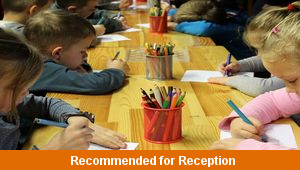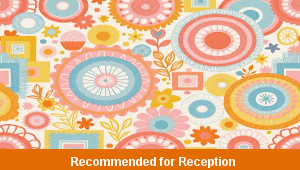Lesson Five – Shop Shelves

This curriculum topic teaching pack for the Foundation Stage gets the children to prepare an area in the classroom as a shop that can be used to sell a range of products made by the class to other pupils and parents.
The class can identify and model the sequence of instructions that someone needs to follow when choosing and paying for something in a shop.
Download this teaching pack including a lesson plan, classroom activities and an interactive presentation to prepare an area in the classroom as a shop that can be used to sell a range of products made by the class to other pupils and parents
Activities in this teaching pack include display posters to sequence a set of instructions about how to choose and buy something from a shop and templates to make examples of signs to prepare an area in the classroom as a shop to sell a range of products made by the class.
The interactive presentation gets the children to explore how to build a shop in the classroom to sell a range of products made by the class.
This lesson is part of topic scheme of work to get the children to identify and describe the layout of different types of shops by role-playing running a classroom shop to sell a range of products made by the class. There are teaching activities for shared learning, differentiated worksheets to support independent learning and interactive presentations to introduce concepts and key skills.
-

Halving Things
Explain and model how to find and record the halves of some of the different objects that can be used at home and in school
-

School Friends
Identify and learn classroom routines and organisation by exploring and describing information and likes and dislikes for each of their classmates
-

Classroom
Identify the location and function of different objects used in the classroom and explore how to formulate rules to manage the classroom safely
-

Shape Patterns
Identify, describe and compare the sequences of geometric shapes that have been used to create a range of different patterns
